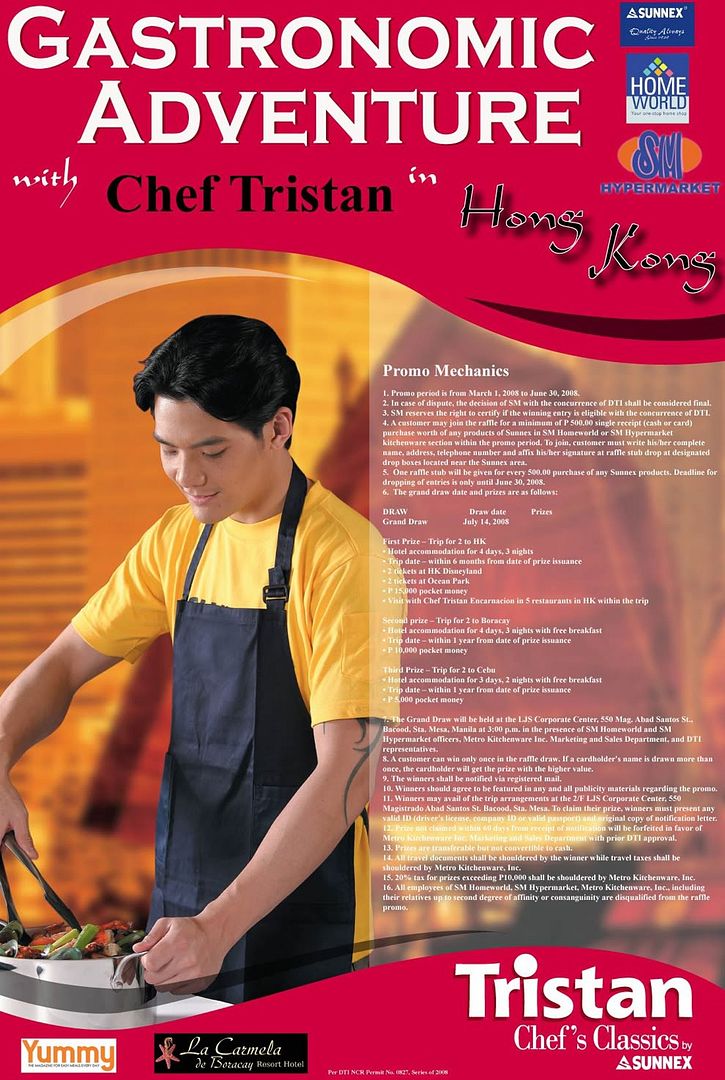ICONOCLAST and visionary Helena Carratala (the Spanish 
Helena said it’s her destiny to swim against the current.
“I have proven everyone wrong since the day I was born. Most people thought I was crazy. If I had listened to them, I would not have done anything.”
At the height of her popularity in Manila, Helena lit up the social scene with her theatrical theme parties and her outrageous fashion sense that was striking yet never caricaturish. Fashion-forward—it was as if the term had been coined for her.
Today, at 57, she is still attractive, wearing an all-black sheath that highlights her round, rosette-colored face and sharp Castillian features, framed by a gob of salt-and-pepper curls.
She attributes her sensibilities to her family. Her father, a professor and internationalist, shaped her global outlook. Her mother, a home maker, exposed her to the arts, craft and beauty.
Being traditionalists, they hoped she would be in the academe and lead a conventional family life. Then she met Filipino artist-photographer Xavier “Wahoo” Guerrero in Barcelona, who swept her off her feet as a teen bride, brought her to exotic places and finally settled in Manila.
Fluent in French, she worked at Pierre Cardin’s Manila boutique, as translator and assistant to a then-unknown designer—Jean-Paul Gaultier.
Her own label
In the ’70s, with chutzpah and fecund imagination, she created her own label, Azabache, whose vibrant colors and fresh silhouettes ran contrary to the safe conventions of Manila fashion.
Azabache boutique was way ahead of even the international fashion scene, with its chic clothes and fashion accessories. (She was selling jewel-colored roman sandals even before they were the vogue, had retro fashions even before fashion went into retrospective mode.)
She then launched a black collection at SM, which according to Chinese belief was ominous, but turned out to be a surprise hit. (She used black way before it was the world’s uniform non-color.) As the brand was exported in the Asian region, Helena wanted to conquer the fashion capital of New York.
Naysayers warned her. By then, she had left her marriage and tried her luck in garments.
“I’m gifted with creative talent and great administration,” she said. “I understand how to make money. I did well in 7th Avenue, but I hated every minute of it. I had my own business and worked for others. Helena is not made to be working for others.”
She added: “I made one huge mistake. I could have kept a small operation like Norma Kamali and Betsy Johnson, and have little store in Soho. I went to the big department 
Helena carried her own label, Carratala, which was successful. However, with delayed payments from the stores and lack of financial backing, she quit.
Awakening
The frustration coincided with the death of three designer-friends from AIDS.
“It was an awakening. When young people die, one has to think about how you want to live your life,” she said.
With her culinary skills and talent for interior design and entertainment, she put up a tapas bar and restaurant. She was married to Richard Mander, a general contractor for prestigious projects in New York. Despite the success, Helena and Richard eventually grew weary of the rat race in New York.
“In the US, whatever you do, the concept is that you kill yourself for money because you need a lot to do anything,” she said. “In the end, you may get what you want, but you have no life.”
In 2004, Helena returned to the Philippines to visit her daughter, artist Katya Guerrero, and her son-in-law, photographer At Maculangan, who were first-time parents to Anika. After 20 years of being away, Helena was surprised that her friendships were still intact and that even the Gen X and Y expressed their admiration for her Azabache.
She realized that she was very attached to the Philippines and noted that it had the laidback lifestyle she and her husband were looking for. In the next two years, she explored Palawan and returned to the Calamnianes islands where she discovered Mangenguey.
13-hectare island
The challenge began with the tedious process of acquiring a 50-year lease from the Department of Environment and Natural Resources. One of its requirements was producing a book on the island’s flora and fauna.





